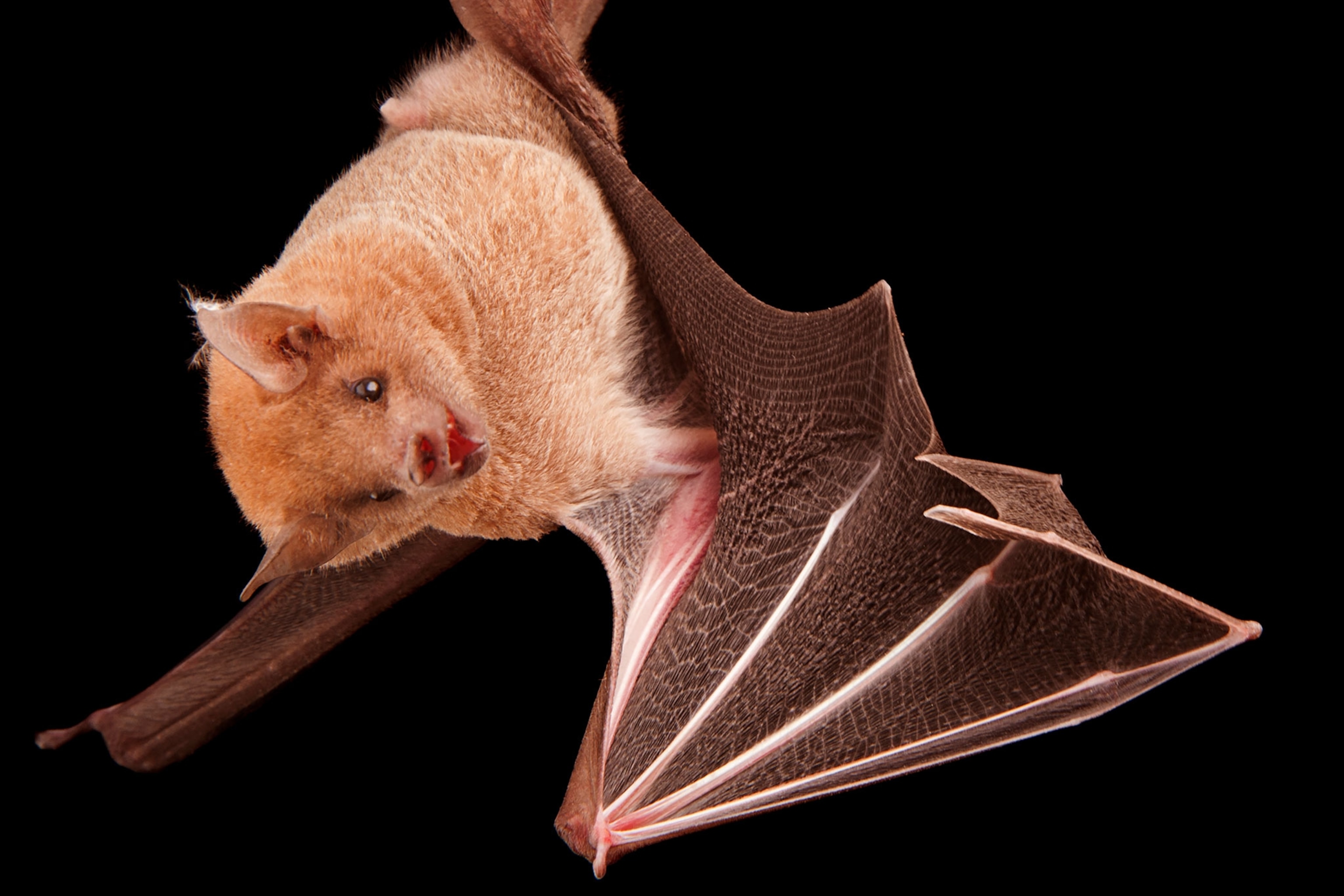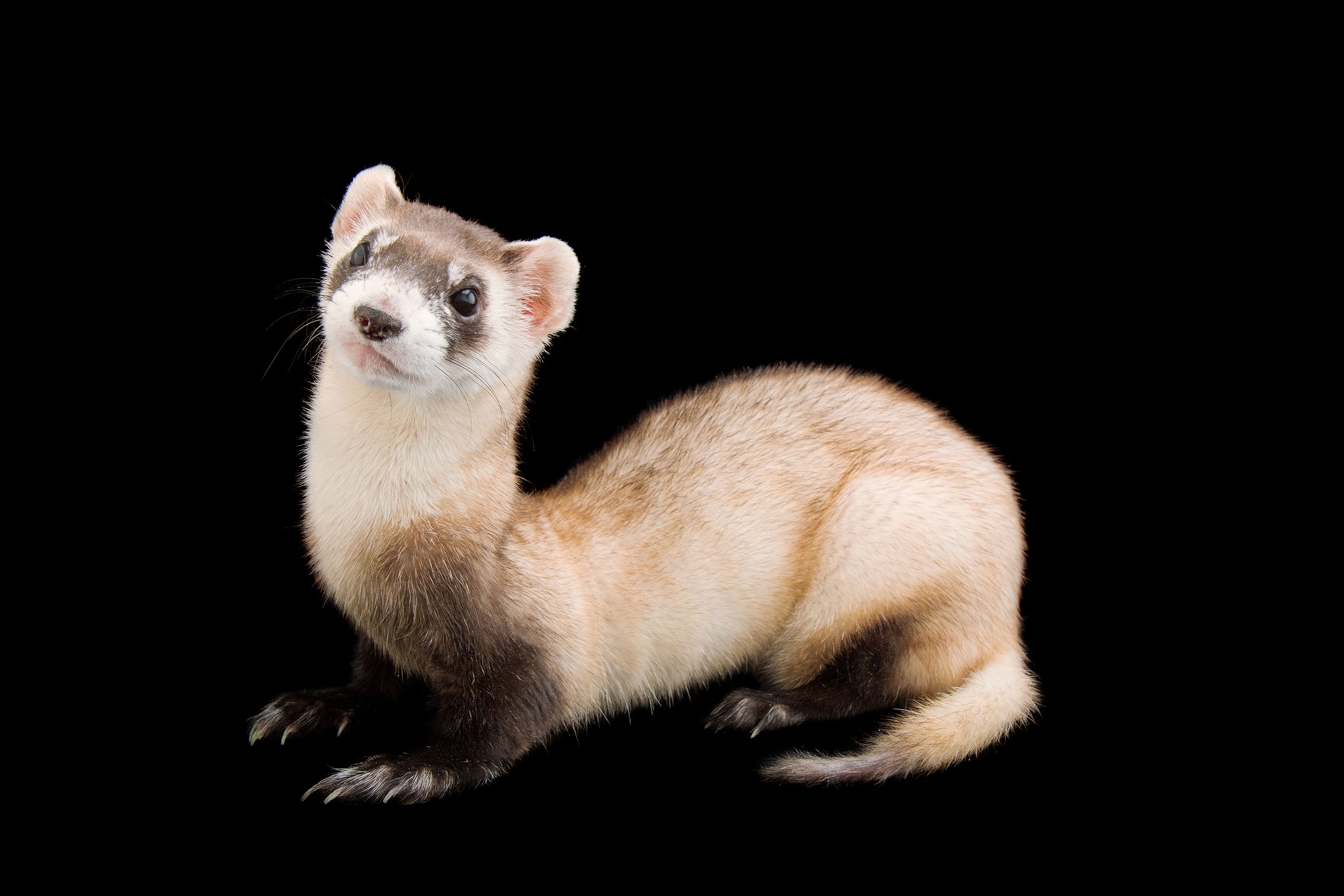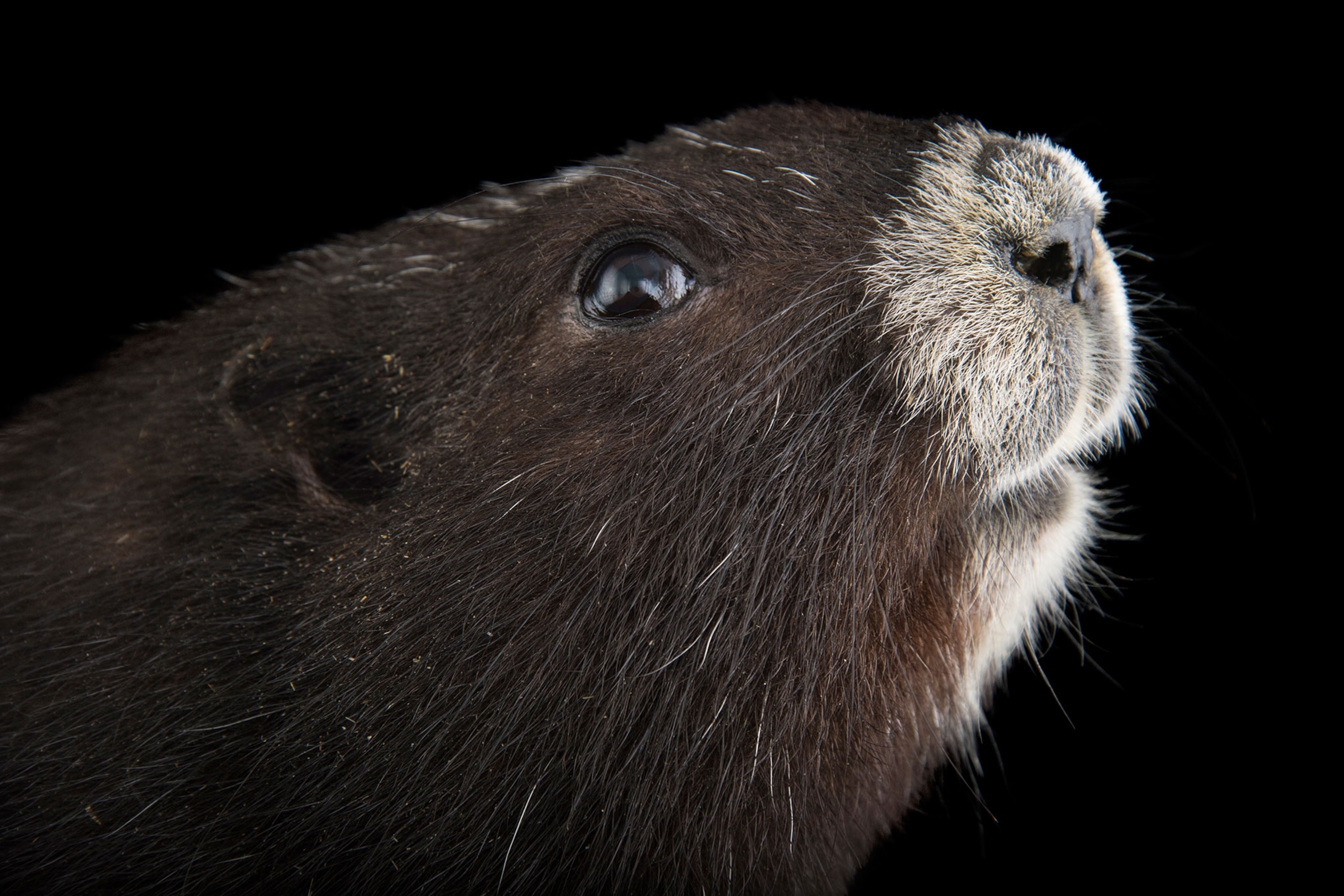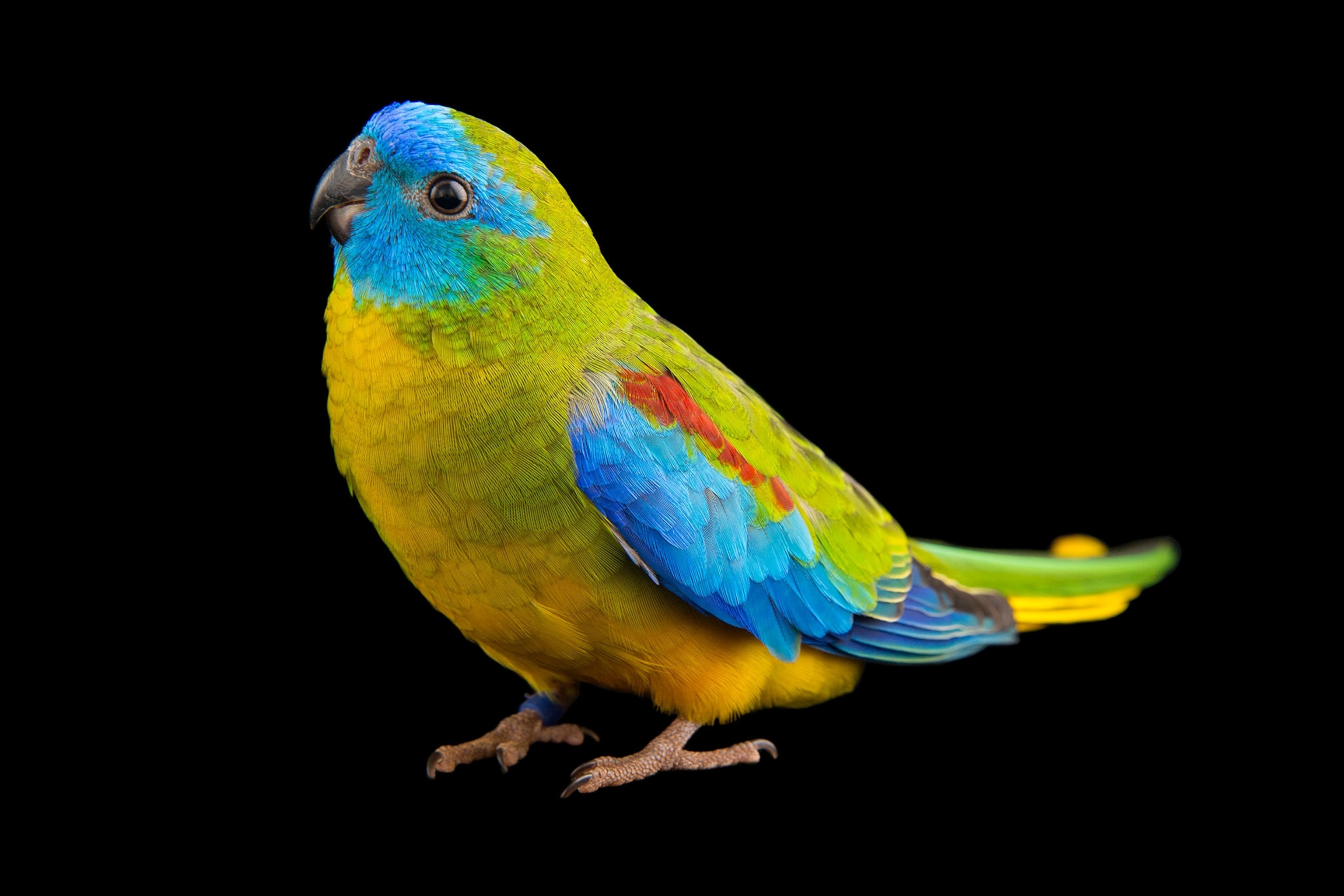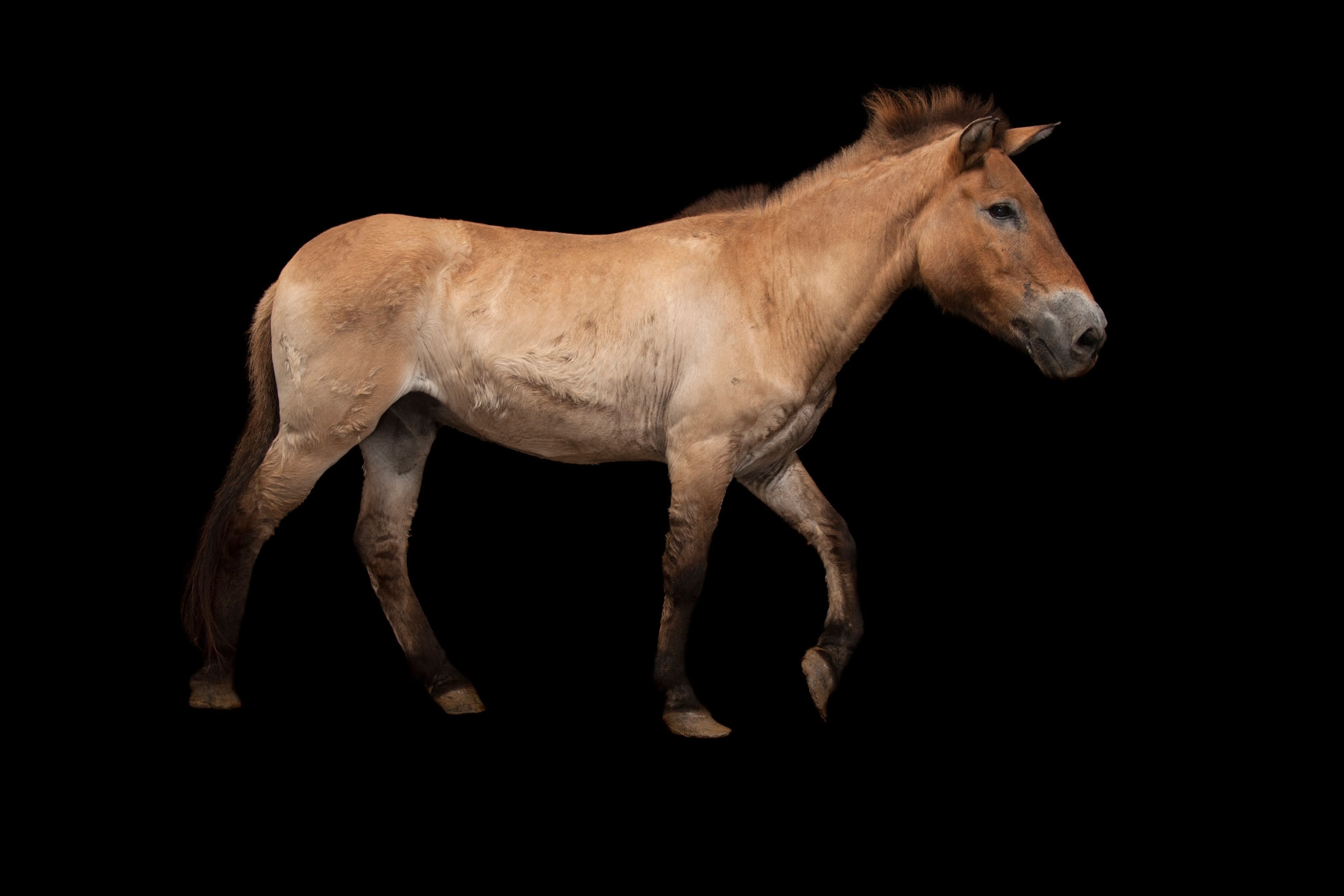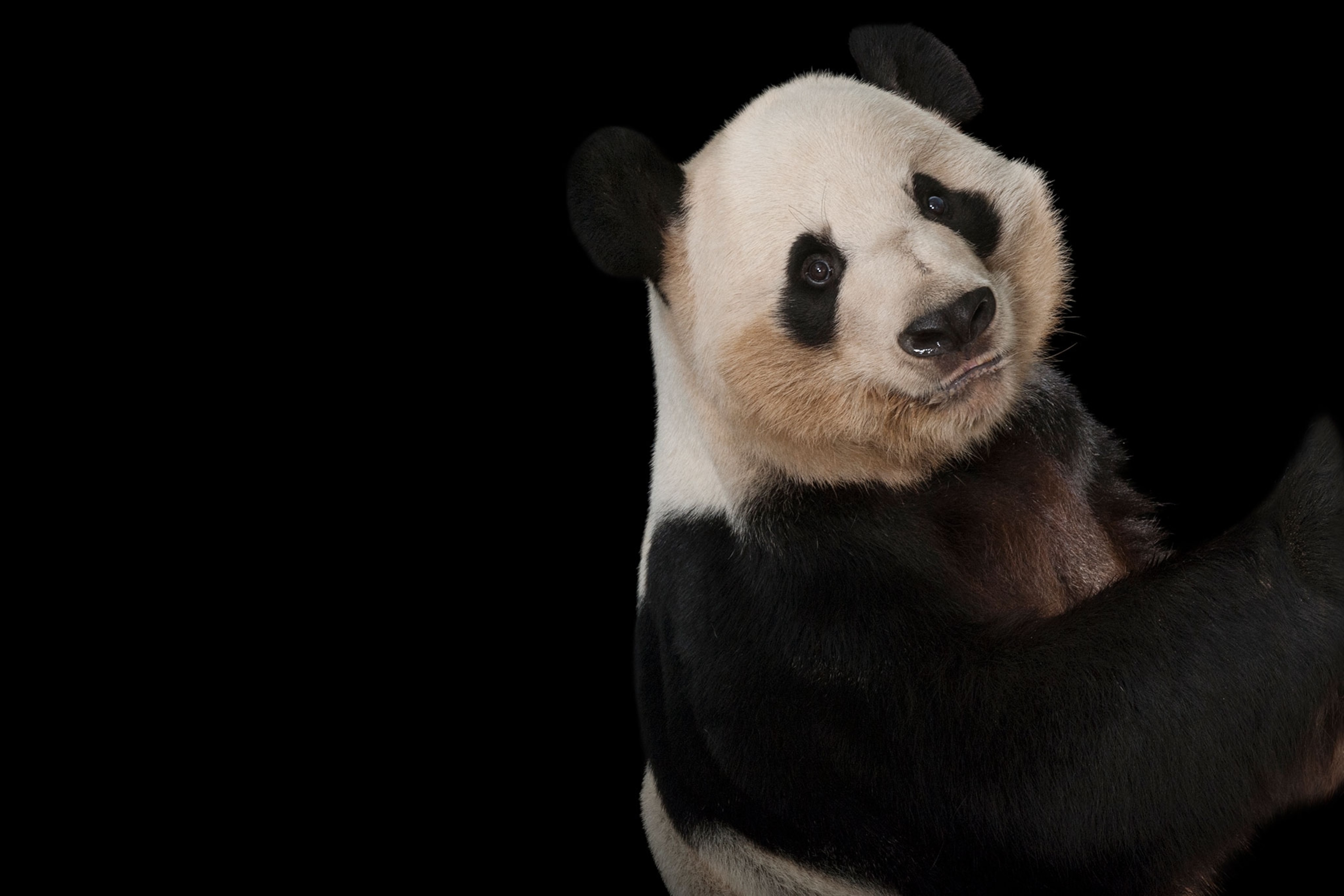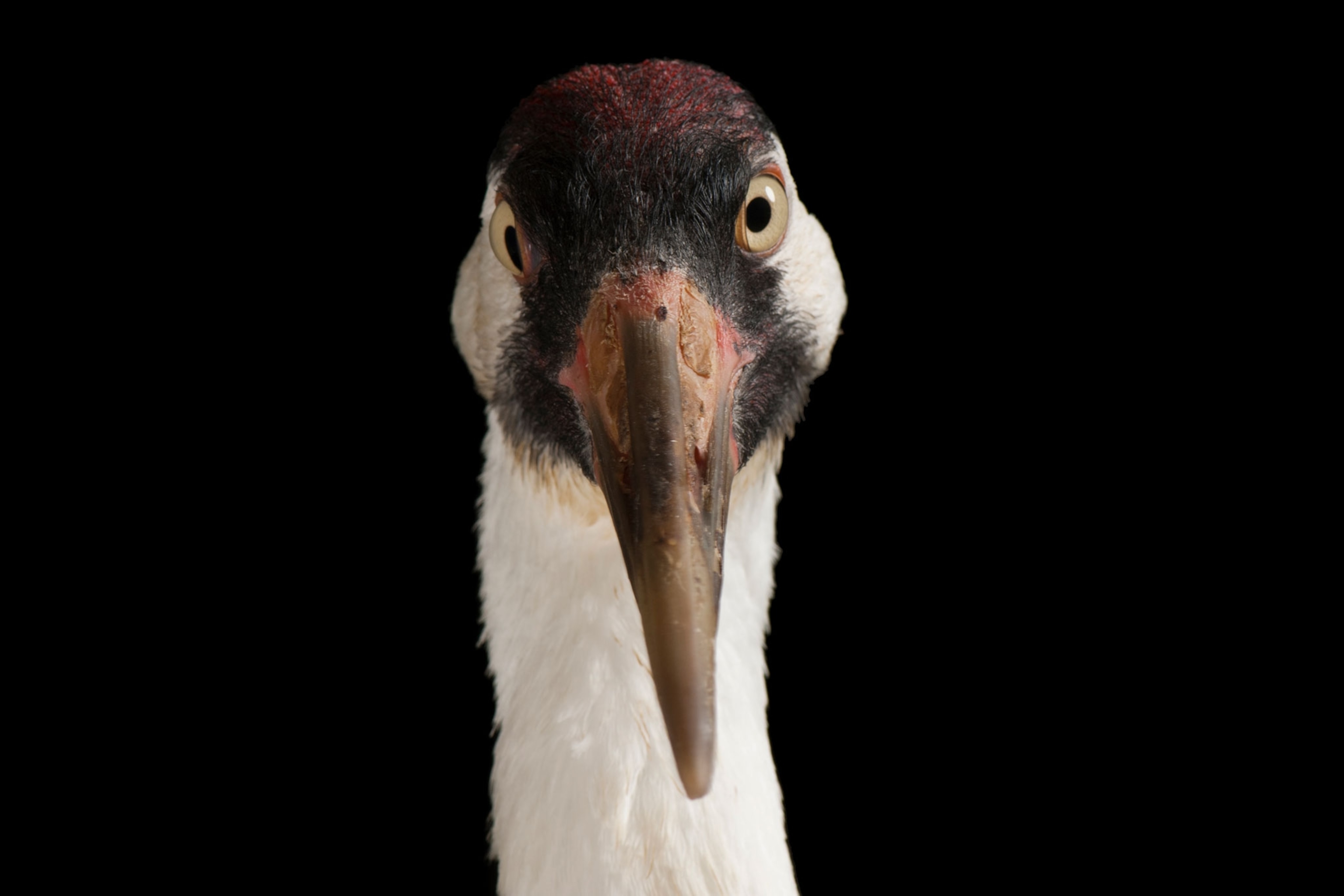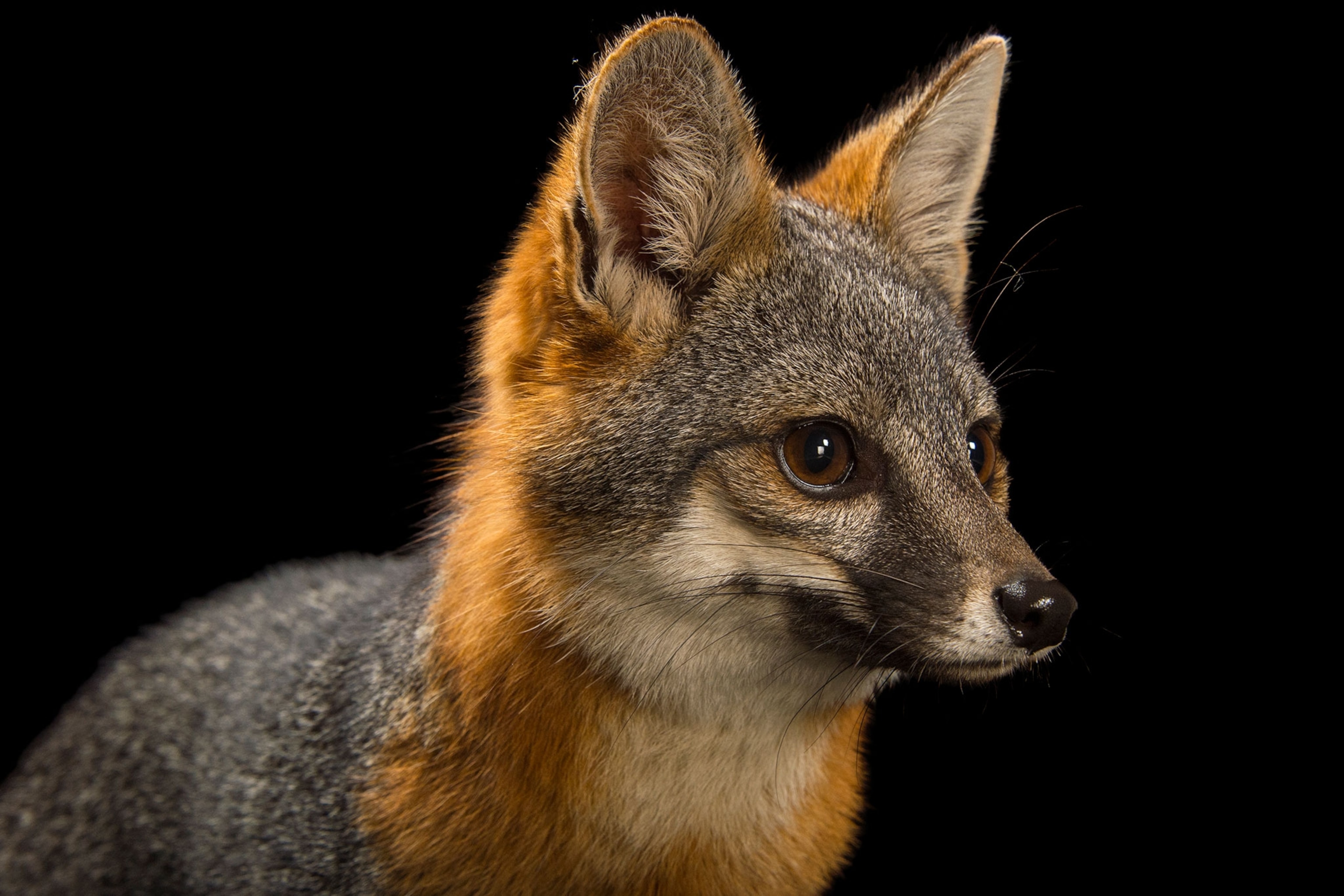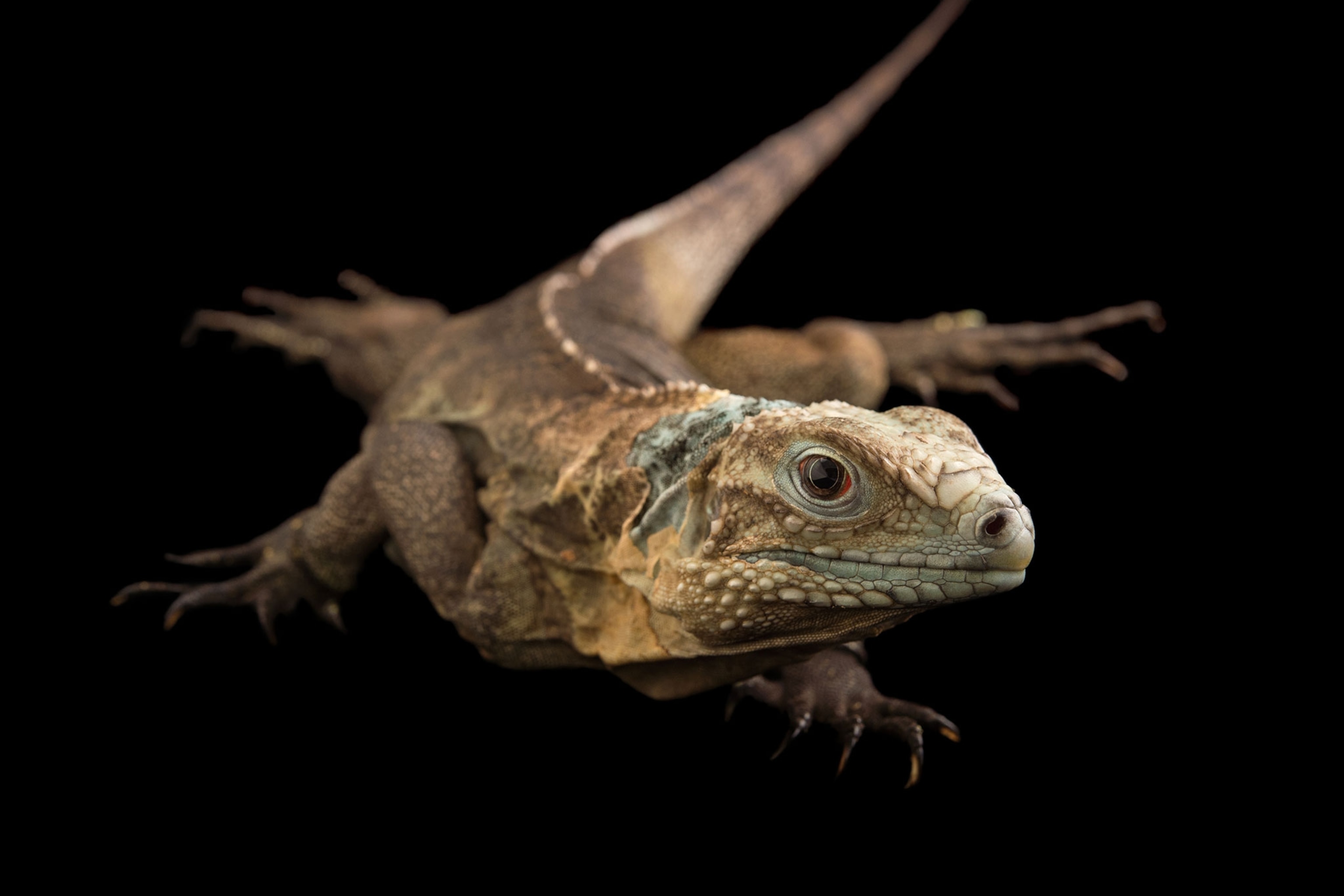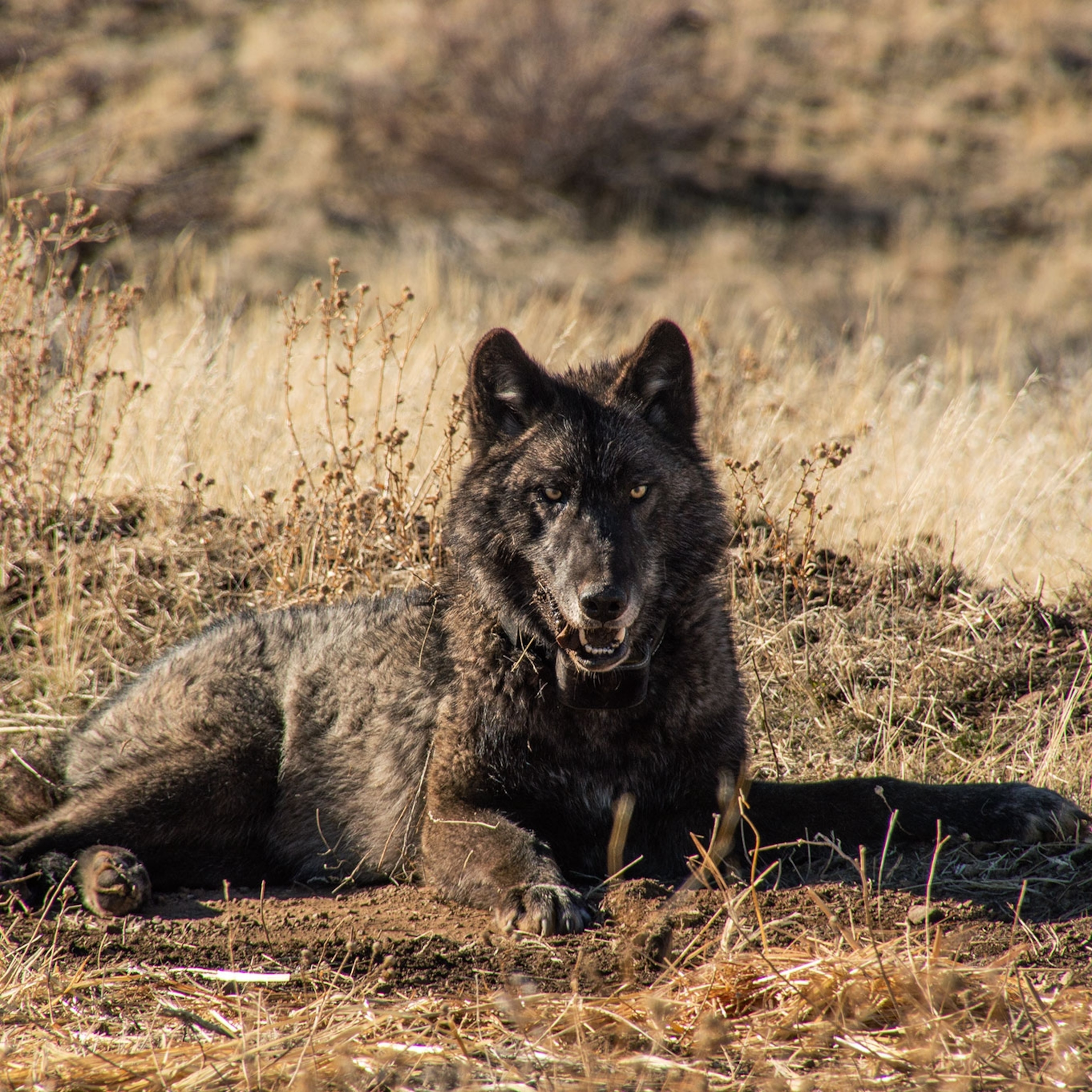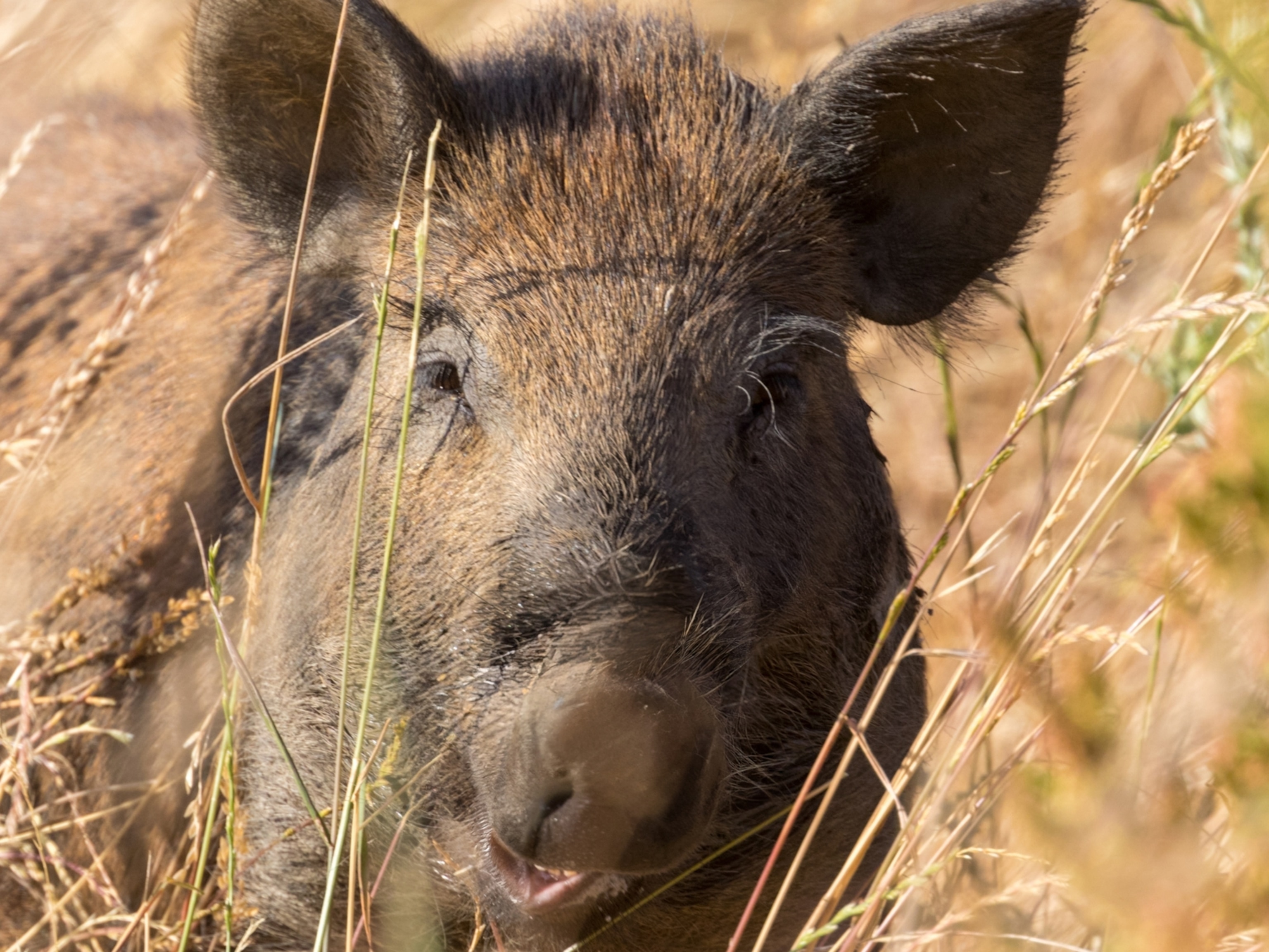
Meet the critically endangered pig with a rockstar mohawk
Nearly obliterated due to deforestation, the Visayan warty pig is slowly bouncing back thanks to conservation efforts.
If all goes well, an extremely rare species of warty pig with rockstar hair will be running wild once more.
Only about 300 Visayan warty pigs (Sus cebifrons)—known for the males’ distinctive mohawks—exist in captivity; their wild population is unknown. Previously found throughout the lush rainforests of the Philippines’ six West Visayas islands, the critically endangered swine now roams small pockets of only two: Panay and Negros.
Near-total deforestation for valuable hardwoods in the 1970s and ‘80s ravaged the West Visayas, slashing the species’ habitat to less than 4 percent of its original size on Negros Island and less than 8 percent on Panay. One of the world’s rarest pigs, the Visayan is close behind the Bawean warty pig and pygmy hog, whose numbers are also in the low hundreds. (Watch the first-ever video of a Bawean warty pig in the wild.)
The good news is that the Visayan breeds well in captivity, and zoos and other facilities worldwide are raising the species with the goal of reintroducing them into the wild.
In fact, some animals could be released into carefully selected sites in the Philippines as early as this year, says Fernando “Dino” Gutierrez, president of the Philippine conservation nonprofit Talarak Foundation, Inc., which houses 60 warty pigs—which includes the subspecies (Sus cebifrons negrinus)—at its two breeding centers.
“The pigs are actually doing better as compared to 20 years ago,” he says. If left alone, “they’re definitely going to bounce back.”
The animals are crucial players in their environments, both as food for predators and regenerators of their home forests. The Visayan both aerates the soil with its rooting as well as eats fallen fruits too large for birds, later dispersing the seeds throughout the forest via its waste, Gutierrez says.
Popularizing a pig
In preparation for rewilding, Gutierrez and colleagues are surveying three national parks on Panay and Negros, where secondary forest cover has increased in recent years.
See Pictures of 10 animals that bounced back from the brink
In addition to identifying suitable habitat for reintroduction and determining if low populations need reinforcements, the researchers are also on the lookout for the scruffy, two-foot-tall omnivores, which generally travel in family groups of a few females and lots of piglets. (Other boars are more territorial, preferring to go it alone.)
“The goal is to reintroduce them where they have gone extinct due to poaching, or to supplement [existing] populations,” notes Johanna Rode-Margono, field program coordinator for Southeast Asia at the U.K.’s Chester Zoo. The zoo, home to a family of Visayan warty pigs, supports the Talara Foundation’s breeding centers.
“Captive breeding also serves as an insurance population, let’s say if a disease breaks out in the remaining areas,” she adds.
For rewilding to work, though, conservationists must spread the warty pig gospel. (See amazing photos of wild, warty pigs.)
To that end, Gutierrez regularly visits with local communities and talks to children. For him, it’s personal: He grew up on Negros and watched his parents and grandparents hunt the pigs. “Seeing that, and then seeing them disappear, triggered me to conserve what we have here on the island,” he says.
Though the species has gotten more attention on the islands lately, Gutierrez says farmers still kill the pigs if they’re caught raiding crops, and the animals remain a bush meat delicacy, despite the government’s stiff punishment for poaching.
“They can also hybridize with the domestic pig, which could eventually cause the demise of the species,” Gutierrez adds.
‘The shoot’s over’
National Geographic photographer Joel Sartore, who recently photographed the Visayan at various locations for his Photo Ark project, has also raised the species’ profile.
In 2018 at Negros Forest Park, one of Talarak’s breeding facilities, Sartore captured images of a female Negros warty pig cuddling with her piglets. (Read how wild boars wash their food.)
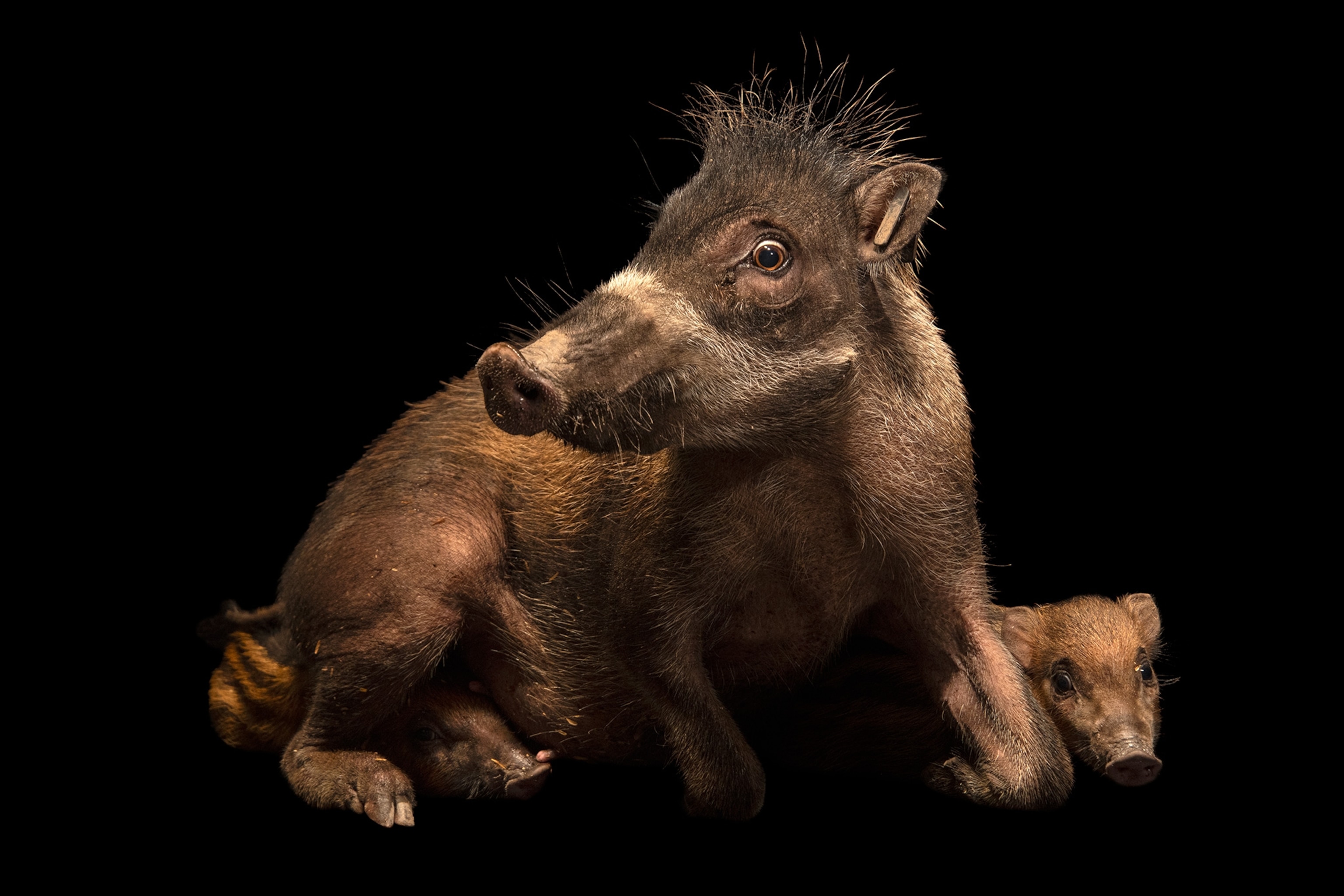
“Photographing most kinds of swine (including these warty pigs) is similar; as long as they don't feel threatened, they're cool, especially if treats are put out for them,” Sartore says by email.
“So, the key is no sudden, scary movements or loud sounds, and plenty to eat. When the food runs out, the shoot's over.”
At Zoo Boise in Idaho in 2017, Sartore was lucky enough to photograph a male sporting his signature mane, which only sprouts during breeding season to attract females. As for the males’ namesake warts, they likely protect the pigs’ faces during battles with rival males.
‘It’s just a pig’
Much to the consternation of pig experts, the 17 known species of wild pigs are often perceived as ugly or no different than bacon on a plate, says Rode-Margono, who’s also co-chair of the International Union for Conservation of Nature’s Wild Pig Specialist Group.
“We find it a shame that people think, ‘It’s just a pig,’” she says. But “they deserve attention as much as the big sexy ones.” (See "Why We Love—And Loathe—The Humble Pig.")
“Every species has the right to live and maintain their niche in the wild,” Gutierrez says.
Especially one with funky hair.

